Scandinavian languages
Translations into Scandinavian languages: a linguistic challenge among advanced engineering and legal contracts
The so-called Nordic, Scandinavian or North Germanic languages are today growing from a translation point of view and, given that translation into foreign languages is a reliable indicator of the growth in trading relations, this testifies to a net growth in the appeal of these stable and prosperous economies..
Requests for translations in Swedish, Norwegian, Finnish and Danish are growing for the mechanical, metallurgy, electronic and computing sectors, demonstrating the important role of the Scandinavian customer and industry. Requests for legal, economic and administrative translations are also growing, both for private contracts, and as an urgent need of the European Union, which today must tackle the dangerous lack of translators and interpreters to whom they may entrust relations with Sweden, Norway, Finland, Denmark, and Iceland.
In this multilingual context, there are still very few professional translators and interpreters emerging from Scandinavian universities: on average, linguists are very well-prepared but are insufficient in number to meet the demand for professional translations.
Furthermore, for logical editorial reasons, while it is easy for a translator to find terminological sources (such as dictionaries or glossaries) from the Nordic languages into English or German and vice versa, it is more difficult to find sources from these languages in other languages such as Italian and Spanish, and vice versa.
SMG UK Translations Limited (SMG UK) has tackled this situation by developing its terminological databases and strengthening its staff of Swedish, Norwegian, Finnish, Danish and Icelandic translators and interpreters, enabling us to consolidate our supply of language services to those operating in Scandinavian countries.
In fact, we have focused on linguistic and service quality, because syntactical-lexical precision and punctuality in translation are important aspects for the Scandinavian client, who is often very demanding and transparent. We believe that a good professional translation not only facilitates communication, but positively prepares the foreign interlocutor, facilitating a working relationship. Finally, we must not forget that, in Scandinavian cultures, the quality of a product is already demonstrated by the correctness of the communication that accompanies it and thus, by the quality of the translation.
Translations conforming to UNI EN 15038 and ISO 17100
Our company provides translation and linguistic, syntactical-lexical revision/review services which conform to UNI EN 15038 and ISO 17100.
Multilingual translation – the main language combinations that we translate:
Translations in Swedish:
- Swedish–Italian
- Swedish–English
- Swedish-German
- Swedish-Spanish
- Swedish-French
- Swedish-Dutche
- Swedish-Portughese
Translations in Norwegian:
- Norwegian–Italian
- Norwegian–English
- Norwegian-German
- Norwegian-Spanish
- Norwegian-French
- Norwegian-Russian
Translations in Finnish:
- Finnish–Italian
- Finnish-English
- Finnish-German
- Finnish-Spanish
- Finnish-French
Translations in Danish:
- Danish–Italian
- Danish–English
- Danish-German
- Danish-Spanish
- Danish-French
Translations in Icelandic:
- Icelandic–Italian
- Icelandic–English
- Icelandic-German
- Icelandic-Spanish
- Icelandic-French
Main types of technical, legal economic, scientific and advertising texts:
- Contracts and trade agreements
- Product specifications, user guides, instruction books and technical manuals.
- Interface software.
- Calls to tender, invitations, guidelines, specifications, offers.
- Commercial correspondence.
- Company, bank, and insurance documents.
- Press releases, newsletters and articles.
- Websites, catalogues, brochures and company presentations.
- Medical/pharmaceutical documents.
When preparing a translation for a Scandinavian country, it is useful to remember that the Swedish, Norwegian and Danish levels of understanding, when it comes to texts written in their respective languages, is very high, up to around 70-90%. Furthermore, there are great lexical similarities between Norwegian and Danish. This means that in the case of a website or catalogue translated for Sweden, for example, a Norwegian may have some general understanding of the text as well – although we would always recommend translating into the local language.
Native Scandinavian interpreters
Of our professional interpreting services for the Scandinavian languages, we highlight:
- Simultaneous conference interpretation in Norwegian, Swedish and Danish.
- Consecutive interpretation in Finnish, Swedish, Norwegian for meetings and conferences.
- Interpreters for commercial negotiations in Danish, Norwegian, Finnish and Swedish.
- Hostess service in Swedish and Norwegian.
- Dubbing of videos in Swedish, Norwegian, Finnish and Danish.
Finally, it is interesting to note that a good relation of mutual understanding exists between speakers of Swedish, Norwegian and Danish, who succeed in understanding one another fairly well. This may be advantageous when providing an interpreting service in Swedish for a tradeshow, for example, and also succeeding in widely communicating with Norwegian and Danish visitors (though accurate communication always requires an interpreter who specialises in the language of the interlocutor). Generally speaking, one can assume that:
- A Norwegian understands around 90% of an oral discussion in Swedish.
- A Swede understands around 50% of an oral discussion in Norwegian.
- A Dane understands around 45% of an oral discussion in Swedish.
- A Swede understands around 25% of an oral discussion in Danish.

